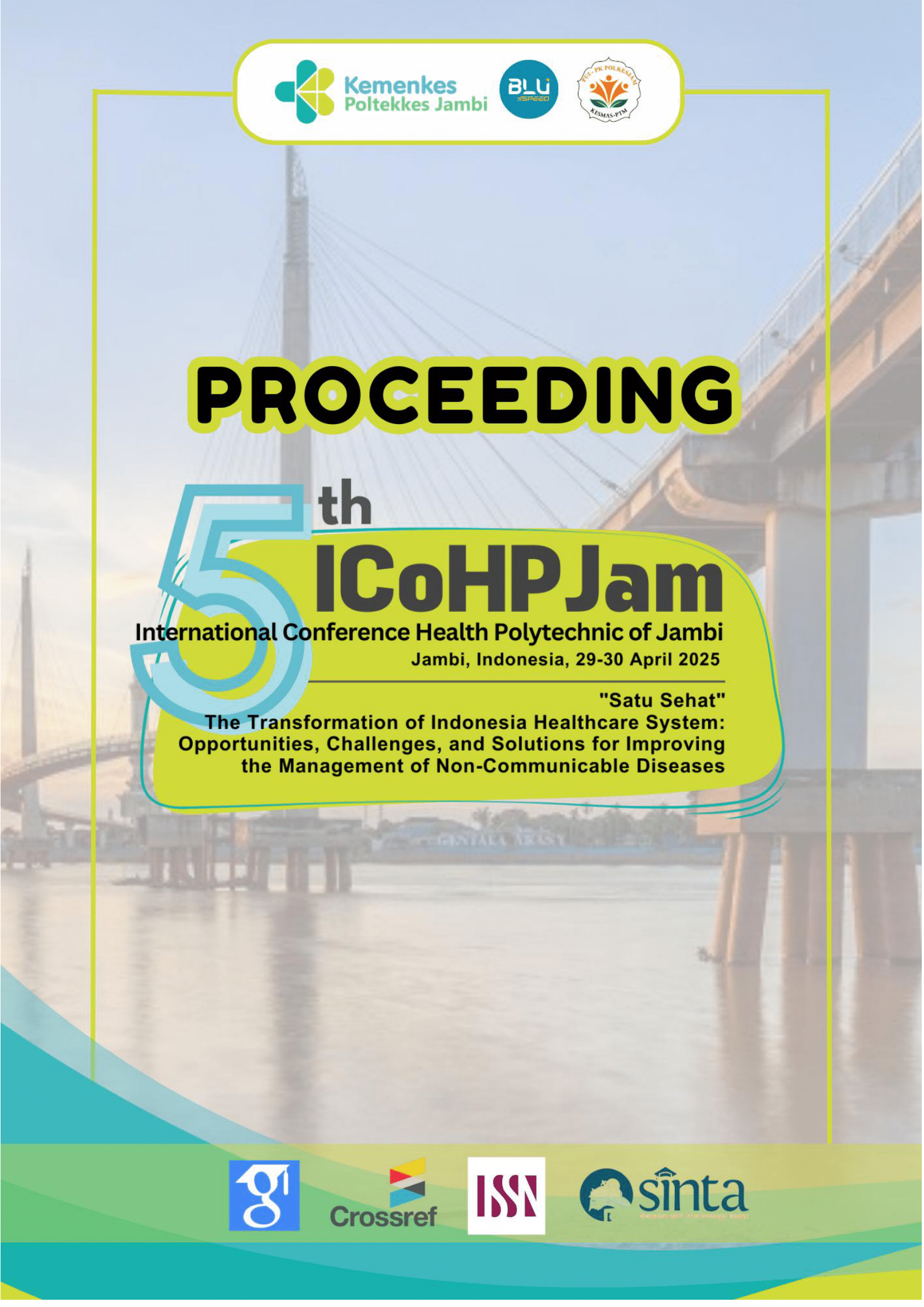The Relationship Between The Severity Of Chronic Myelocytic Leukemia (CML) Patients And The Myeloid: Erythroid Ratio At Mohammad Hoesin Hospital, Palembang
Abstract
cells, often linked to the Philadelphia chromosome. It progresses through three phases: chronic, accelerated, and blastic. Diagnosis involves bone marrow puncture (BMP), which also measures the Myeloid: Erythroid (M: E) ratio to assess blood cell production. CML accounts for about 15% of adult leukemia cases, mostly in individuals aged 40–60. Mohammad Hoesin Hospital (RSMH) in Palembang serves as a cancer referral center with integrated oncology services.
Objective: This study investigates the relationship between CML severity and M: E ratio in patients at RSMH in 2024.
Method: The research method uses Descriptive Analytical with a Cross Sectional approach. The number of samples that will be used in this research is 40 Chronic Myelocytic Leukemia patients in the Internal Medicine Hematology Oncology Division of Mohammad Hoesin Hospital (RSMH). Bone marrow samples analyzed via BMP and stained with Wright stain. The Myeloid: Erythroid (M:E) ratio, measured from bone marrow examinations. This ratio indicates the balance of blood cell production and is essential for evaluating disease impact.
Result: The mean severity was in the chronic phase for 32 patients (76.2%). The average myeloid-to-erythroid (M: E ) ratio was 22.69, with 40 patients (95.2%) showing a high ratio (>6:1). There was no statistically significant correlation between disease severity and the M: E ratio (p>0,05).
Conclusion: These findings suggest that most patients were in the chronic phase, indicating a lower severity. The chronic phase is characterized by a relatively stable condition with fewer blast cells in the blood and bone marrow, in contrast to the more aggressive accelerated and blastic phases. Implement a comprehensive early-detection program for leukemia across all age groups—from students to the general population to facilitate timely diagnosis and treatment.



